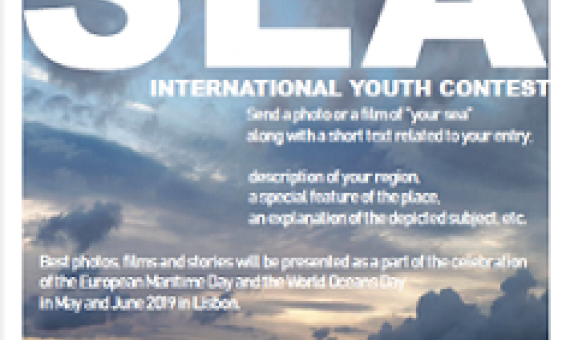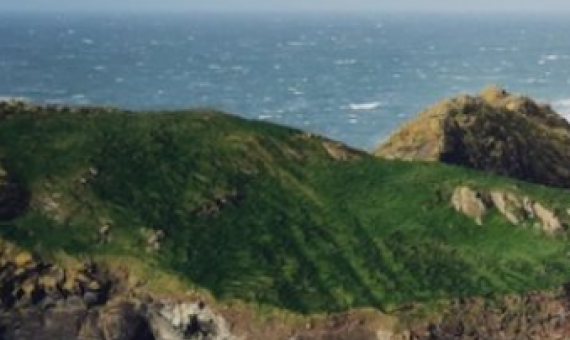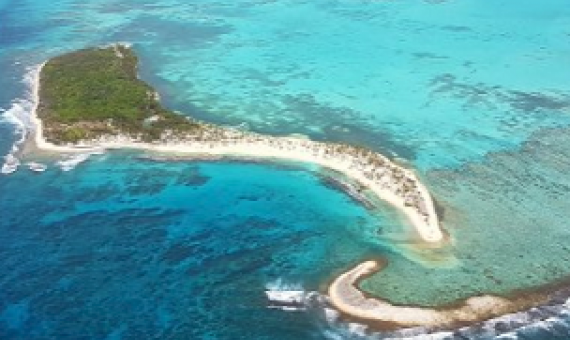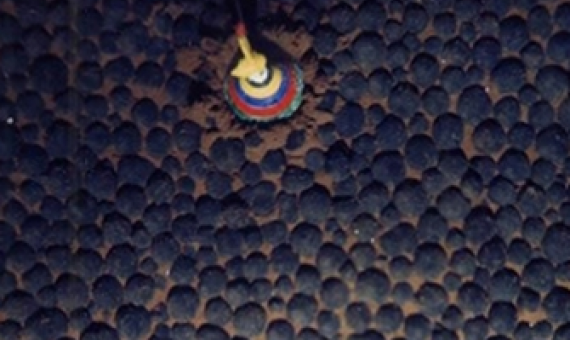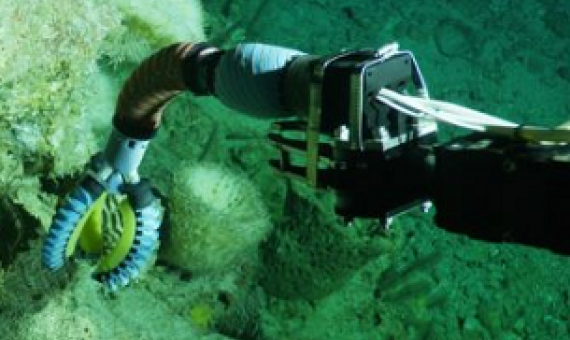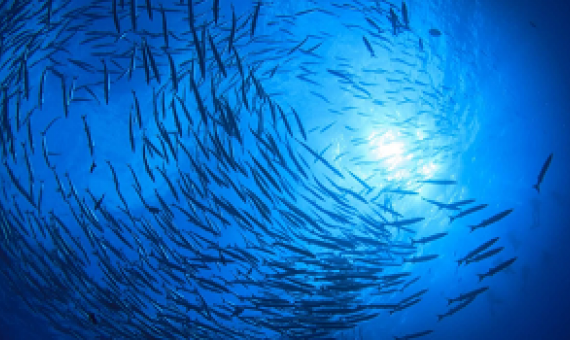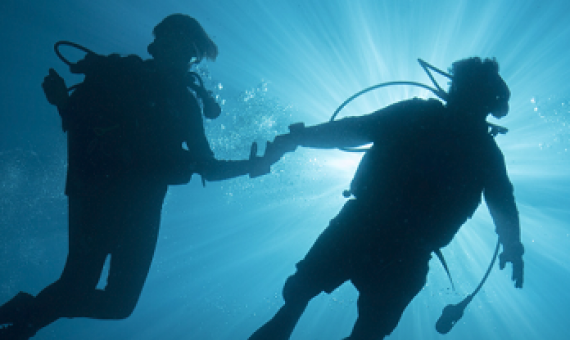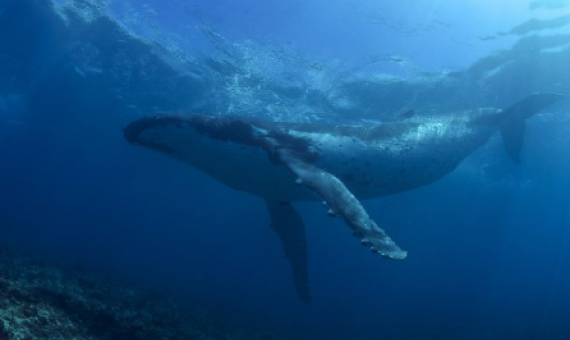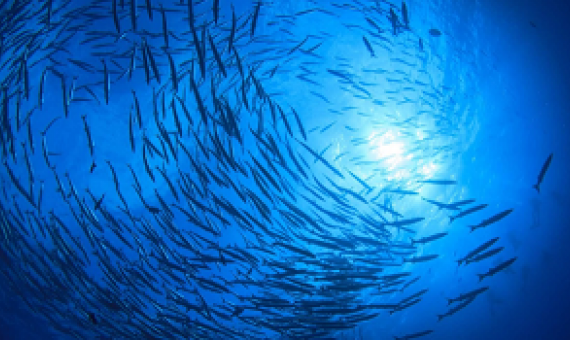A little over a year after David Attenborough warned in Blue Planet II that marine habitats are being destroyed, the UK government's "blue belt" initiative shows progress in protecting endangered waters. Click on the link below to read the full article.
Marine and climate scientists from Columbia’s Earth Institute and World Wildlife Fund (WWF) are exploring ways to protect this valuable Caribbean ecosystem, the second largest barrier reef in the world, from the potentially disastrous effects of climate change.
A new Commonwealth paper examines who should be held responsible if deep-sea mining in international waters causes environmental damage. Click on the link below to read the full article.
Researchers from Harvard John A. Paulson School of Engineering and Applied Sciences (SEAS) created a soft and flexible sampling device using 3D-printer that interacts with delicate marine life gently. Click on the link below to read the full article.
Six countries are preparing to map the next regional plan of action (RPOA 2.0) to undertake in further protecting the 6.0 million-square kilometer Coral Triangle, the roughly triangular-shaped marine area at the junction of the Western Pacific and Indian oceans, cited by experts as center of mari
Mission Blue last month conducted a Hope Spot expedition to Palau, where expedition members met with President Thomas Remengesau Jr. and talked about his efforts to establish a marine protected area in 80 percent of the waters around the South Pacific island nation.
Research into the decline of humpback whale sightings in Hawaii points to a food chain disruption likely caused by warmer ocean temperatures...Click on the link below to read the full article.
Comparative assessment of pelagic sampling methods used in marine monitoring
The aim of the present report is to provide a comparative assessment of commonly used pelagic sampling methods. We do this by undertaking a qualitative, yet comprehensive, review of the published literature to identify their potential advantages, limitations, and their relevance to monitoring efforts. A ‘silver-bullet’ approach to pelagic monitoring likely does not exist, nor is necessarily feasible. Instead, this comparative assessment provides a blueprint for guiding sampling activities in the context of pelagic monitoring efforts.
The Blue Pacific narrative underlies our ownership of our ocean space - Pacific people taking control of our domain, which is critical to managing our ocean resources, biodiversity, ecosystems and data...Click on the link below to read the full article.

